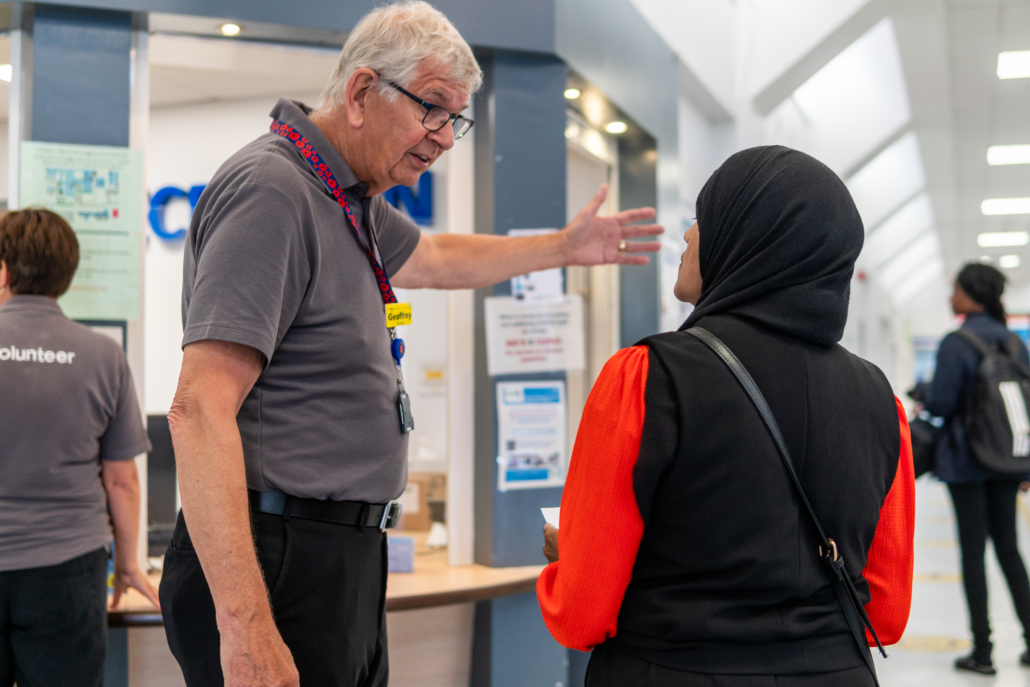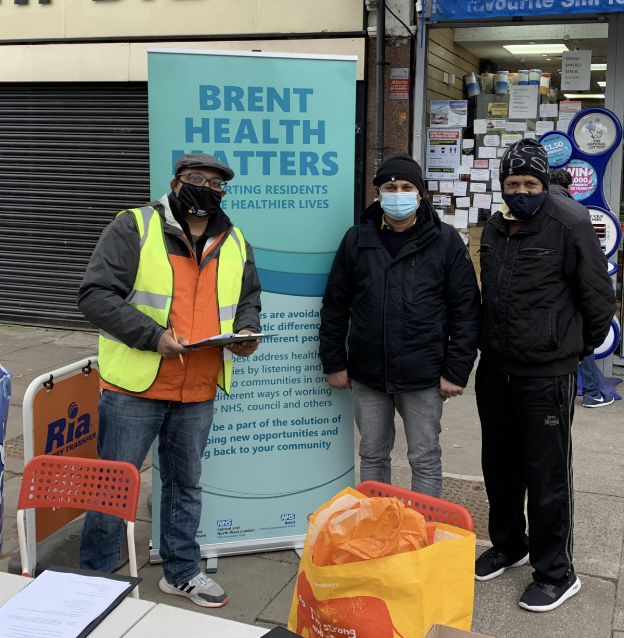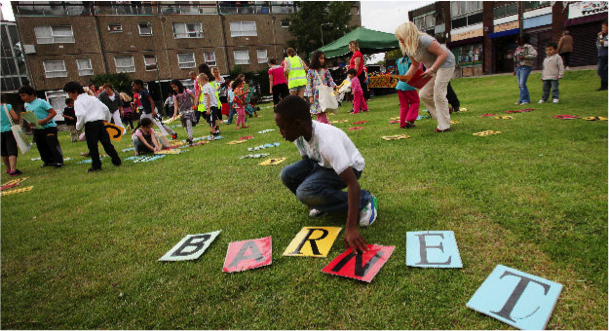Delivering Differently in Neighbourhoods
This project was driven from ECFRS’s desire to understand the potential for Essex’s communities to play a more active role in helping to prevent Accidental Dwelling Fires (ADFs) across the county. At the heart of this project was the hypothesis that, typically when public sector organisations commission services, to a certain extent they marginalise the “assets” within any community.
“If we had a better understanding of our local communities and organisations, we could work with them to help reduce the risk of fire.”
Locality Matters were awarded a contract which started in August 2014. The project had five distinct phases as described below:
- Identify two communities to work with
- Gather data about these two communities
Map the assets within both communities
Build a picture of public sector in both communities
- Identify services that the community could play a greater role in design, commissioning or delivery of
- Create plans for implementing different delivery options
- Produce final report
At the start of this project the focus of the work was building an understanding of how different communities in Essex could support the prevention of fire risks materialising for ECFRS. However, what quickly became apparent, in conversations with local people, local organisations, and local statutory providers, was that whilst local people and organisations were happy to discuss how they could help ECFRS they also wanted to explore the potential for ECFRS to play a more substantial role in supporting them and their services.
The project focussed on two wards in Essex: St Lukes is Southend-on-Sea and Vange in Basildon. When building an understanding of the capabilities of the communities the key assets we wanted to explore were the role of different organisations and the work that they undertake locally.
To understand whether an organisation is likely to be a valuable partner for ECFRS, in preventing accident dwelling fires, we determined that we needed to find out two things about that organisation: Firstly is the organisation dealing with groups that are vulnerable to fires? Secondly is the organisation capable of undertaking work that would either augment or replace what ECFRS already does?
There are groups of citizens that are known to have a relatively higher risk of an accidental dwelling fire than others. Therefore it was important to understand to what extent different organisations in Vange and St Lukes were dealing with those vulnerable groups such as:
- Hoarders
- Elderly living alone
- Drug and alcohol users
- Single parents
- Unemployed
Unsurprisingly we uncovered many local third sector and statutory providers, in both communities, that also target these groups. Our work in both communities sought to understand the degree to which these organisations are working with these groups.
Local Community helping ECFRS
As well as understanding the focus of different organisations on the groups that ECFRS tends to target, we also wanted to understand the capability of those organisations to support the work that ECFRS does to prevent ADFs. This required assessment of activities that ECFRS does that could potentially be augmented by other agencies or organisations. We determined a number of activities that we agreed other organisations could carry out:
- Helping to promote the preventative work that the fire service does:
Free home fire safety checks
Free smoke install of smoke detectors
- Helping the fire service following a specific event e.g. an After Incident Response (AIR)
- Visiting homes of people identified as being vulnerable
- Identifying people or homes that are vulnerable
- Supplying volunteers
As we turned our attention from thinking about how the Fire service could better understand and work with local assets to help reduce ADFs the other side of this question loomed large: How could assets within the fire service be used to help support other statutory providers? When looking at the assets of fire service we identified the following key assets:
- The brand of the fire service
- The fire service’s expertise in prevention
- The volunteers recruited and managed by ECFRS
- The physical assets of the fire service:
Fire stations
Gyms
Kitchens
Fire appliances
- Capacity of Fire fighters to support the community
It was clear that the existing work of ECFRS has a significant positive impact on local communities and supports a reduction in demand for statutory services.
It is also clear the fire service, across the county, has become expert in prevention or demand management. Whilst a number of reasons for the reduced demand placed on the fire service are unique to the fire service, it is undoubtedly the case that the fire service has actively and successfully shifted emphasis towards prevention.
Fundamentally we felt that many of the fire service’s “assets” are not recognised by other statutory providers who marginalise or ignore these when commissioning services. It became clear in the project that we needed to consider how the capabilities, brand and capacity of the fire service could be used to support other agencies – some examples:
- Mentoring disruptive children at school
- Mentoring the unemployed
- Visiting vulnerable older adults
- Expanding Fire Break courses
- Reducing demand on health services
- Other “distraction” activities
Outcomes
Emerging from this initial project, in both Vange and St Lukes we have developed and set of plans for implementing changes. These plans will leverage local assets and capabilities in both communities to deliver service improvements and prevent demand for services materialising. Whether this be demand for fire services or demand for other services that closer collaboration between the fires service, other local organisations and the community can help prevent materialising.
Next steps
ECFRS have been successful, as one of 25 Local Councils (and the only Fire Brigade), in becoming part of the Department for Community and Local Government’s (DCLG’s) Delivering Differently in Neighbourhoods programme. This programme is providing support and funding to allow ECFRS to take the work in Vange and St Lukes through to implementation and broaden the project to two new areas in Essex (Purfleet in Thurrock and Staple Tye in Harlow). As well as moving through to implementation in all four areas, the DCLG funding requires ECFRS to undertake a cost benefit analysis of the work.










